 2000 Mitsubishi Eclipse III (3G) Dimensions, Size & Specs
2000 Mitsubishi Eclipse III (3G) Dimensions, Size & SpecsMeasurements of the 2000 Mitsubishi Eclipse III, engineered for optimal performance and comfort
| Dimensions | |
|---|---|
| Length: | 4455 mm175.4 in14.6 ft |
| Width: | 1750 mm68.9 in5.7 ft |
| Height: | 1310 mm51.6 in4.3 ft |
| Ground Clearance: | 148-150 mm5.8-5.9 in0.5-0.5 ft |
| Trunk Capacity: | 480 liter17.0 cu ft |
| Weight Specifications | |
| Curb Weight: | 1295-1415 kg2855-3120 lbs |
| Maximal permitted Weight: | 1750-1810 kg3858-3990 lbs |
| Tire Specifications | |
| Rims Size: |
|
| Tire Sizes: |
|
The Mitsubishi Eclipse III (3G), produced between 1999 and 2002, represents the third generation of the popular Eclipse model, available in both coupe and hatchback variants. This generation brought a balanced blend of sporty aesthetics and practical dimensions, making it a well-rounded choice for enthusiasts and daily drivers alike.
In terms of size, the Eclipse III measures 4455 mm (175.4 inches) in length, 1750 mm (68.9 inches) in width, and stands 1310 mm (51.6 inches) tall. These dimensions contribute to a sleek profile while maintaining interior roominess and comfortable driving dynamics. The vehicle's ride height or ground clearance ranges between 148 and 150 mm (5.8 to 5.9 inches), providing a good balance between sporty handling and practical usability on a variety of road surfaces.
Weight-wise, the Eclipse III has a curb weight ranging from 1295 to 1415 kg (2856 to 3121 lbs), with a maximum weight capacity of 1750 to 1810 kg (3858 to 3991 lbs). This weight range supports nimble handling characteristics without compromising structural integrity or safety.
The Eclipse III features a substantial luggage capacity of 480 liters (approximately 16.9 cubic feet), which is generous for a sporty coupe/hatchback segment, enhancing its practicality for everyday use or weekend trips.
Wheel and tire options vary, with rim sizes set at 17 inches and tire dimensions including 195/65 R15 and 215/50 R17, offering drivers a choice between comfort and sportier performance setups.
Overall, the Mitsubishi Eclipse III combines compact sporty dimensions with functional attributes, making it a desirable option for drivers seeking style, performance, and versatility in a mid-size coupe or hatchback.
Discover the standout features that make the 2000 Mitsubishi Eclipse III a leader in its class
Have a question? Please check our knowledgebase first.
The Mitsubishi Eclipse III (3G), produced from 1999 to 2002, measures 4455 mm (175.4 inches) in length, 1750 mm (68.9 inches) in width, and stands 1310 mm (51.6 inches) tall. These dimensions contribute to its sleek coupe and hatchback profile, emphasizing sporty aesthetics and compact design. The size ensures the car offers a balance between aerodynamic performance and practicality, ideal for those seeking a stylish yet manageable vehicle for city and highway driving.
The curb weight of the Mitsubishi Eclipse III ranges between 1295 kg and 1415 kg (approximately 2857 to 3121 lbs). This weight variation depends on specific trims and equipment options. A lighter curb weight generally enhances acceleration, braking, and handling dynamics, which is advantageous for a sporty coupe like the Eclipse. Despite its relatively light mass, the car maintains structural integrity and safety features, allowing for a responsive yet stable driving experience.
The Mitsubishi Eclipse III has a luggage capacity of 480 liters (approximately 16.9 cubic feet), which is quite generous for a compact sports coupe. This storage volume is practical for daily errands, weekend getaways, or carrying sports equipment. The hatchback version, in particular, enhances cargo versatility with easier access and the potential for folding rear seats to increase the usable space, making it a functional choice for those needing extra practicality without sacrificing style.
The ride height or ground clearance of the Eclipse III ranges from 148 mm to 150 mm (about 5.8 to 5.9 inches). This relatively low clearance supports improved handling and aerodynamic efficiency, typical of sports coupes. However, it means the vehicle may be less suited for rough or uneven terrain, speed bumps, or steep driveways, where higher ground clearance is beneficial. The ride height strikes a balance between sporty driving dynamics and everyday usability on paved roads.
The Mitsubishi Eclipse III comes equipped with 17-inch rims as standard, paired with tire sizes of either 195/65 R15 or 215/50 R17. The larger 17-inch rim size combined with the 215/50 R17 tires enhances cornering grip, steering response, and high-speed stability. Meanwhile, the 195/65 R15 option provides a slightly softer ride with more cushioning over bumps, improving everyday comfort. Choice of tire and rim size lets owners balance sporty performance with ride quality according to preference.
Yes, the Mitsubishi Eclipse III fits comfortably into a standard residential garage. With its length of 4455 mm (175.4 inches), width of 1750 mm (68.9 inches), and height of 1310 mm (51.6 inches), the car is relatively compact compared to many sedans and SUVs. Standard garage spaces typically range around 6 meters (about 20 feet) in length and 2.5 meters (8.2 feet) in width, which provides ample room for the Eclipse III along with some clearance for opening doors and maneuvering within the garage.
Compared to its predecessor, the Mitsubishi Eclipse II (2G), the Eclipse III (3G) is somewhat larger and dimensions were refined to offer improved interior space and updated styling. While the 2G had a slightly shorter overall length and narrower width, the 3G's dimensions at 4455 mm long and 1750 mm wide provide more cabin room and cargo capacity, notably enhancing comfort without compromising the sporty coupe essence. This increase in size also helped improve stability and safety, evolving the model to meet contemporary market demands.
The Mitsubishi Eclipse III is comparable in size to contemporaries like the Honda Prelude, Toyota Celica, and Nissan 200SX, which also emphasize a sporty design and compact dimensions. With a length of 4455 mm and width of 1750 mm, the Eclipse falls within the average size range for Japanese sports coupes circa 2000. It stands out with its hatchback option (in some markets), which is less common in this class, offering greater versatility. Additionally, its luggage capacity of 480 liters provides competitive practicality relative to rivals, pairing sporty handling with everyday usability.
The Mitsubishi Eclipse III was offered primarily in two body styles: a coupe and a hatchback. The coupe presents a classic two-door sports car aesthetic with a fixed rear window, while the hatchback version adds versatility with a rear hatch that lifts to increase cargo access and space. This dual offering gave buyers the choice between traditional sporty styling or a more practical, everyday usable layout, catering to different preferences within the compact sports car segment.
The curb weight range of 1295 to 1415 kg (around 2857 to 3121 lbs) in the Mitsubishi Eclipse III reflects differences in trim levels and optional equipment. Lighter versions generally achieve better fuel efficiency due to reduced mass needing propulsion, and they tend to offer sharper handling with more agile responsiveness. Conversely, heavier trims might provide additional features, safety equipment, or sturdier components that enhance comfort and stability but could slightly reduce fuel economy and sportiness. Overall, the weight range supports a balanced mix between performance and practicality.
Discover similar sized cars.
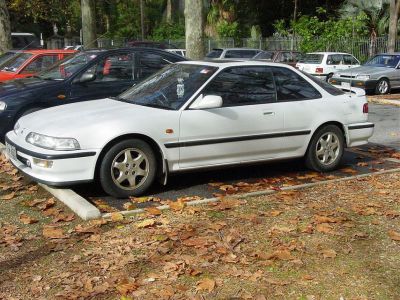
| Model Year: | 1990 |
|---|---|
| Length: | 4392 mm172.9 in |
| Width: | 1714 mm67.5 in |
| Height: | 1270 mm50.0 in |
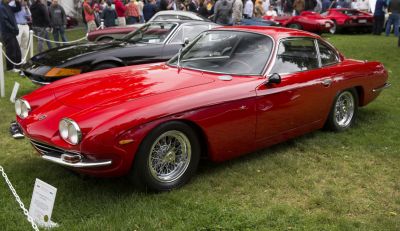
| Production: | 1965-1968 |
|---|---|
| Model Year: | 1967 |
| Length: | 4460 mm175.6 in |
| Width: | 1730 mm68.1 in |
| Height: | 1285 mm50.6 in |
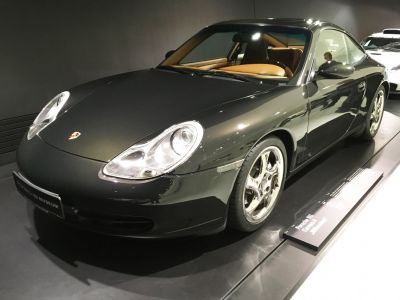
| Production: | 1997-2001 |
|---|---|
| Model Year: | 1998 |
| Length: | 4430 mm174.4 in |
| Width: | 1765 mm69.5 in |
| Height: | 1270-1305 mm50.0-51.4 in |
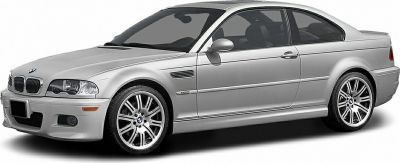
| Production: | 2000-2006 |
|---|---|
| Model Year: | 2000 |
| Length: | 4492 mm176.9 in |
| Width: | 1924 mm75.7 in |
| Height: | 1372 mm54.0 in |
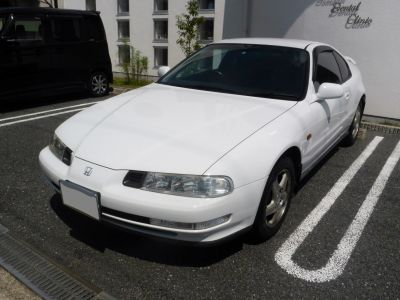
| Model Year: | 1992 |
|---|---|
| Length: | 4440 mm174.8 in |
| Width: | 1765 mm69.5 in |
| Height: | 1290 mm50.8 in |
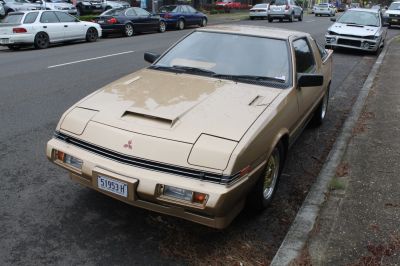
| Production: | 1982-1990 |
|---|---|
| Model Year: | 1982 |
| Length: | 4424-4430 mm174.2-174.4 in |
| Width: | 1705-1745 mm67.1-68.7 in |
| Height: | 1315 mm51.8 in |
